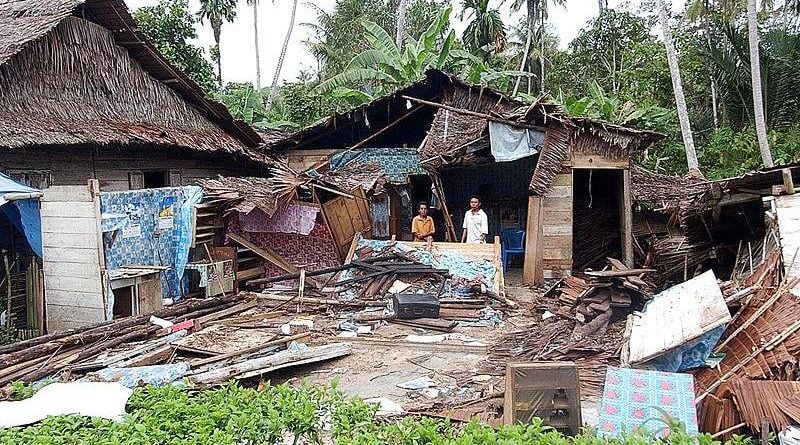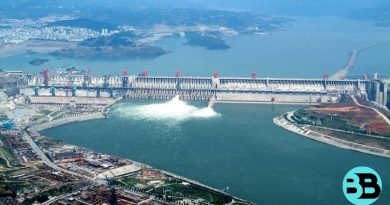How do earthquakes occur and what’s common effects of these?
Earthquakes occur when tectonic plates, which are giant slabs of rock that make up the Earth’s crust, move against each other. When two plates meet, the pressure can build up, causing them to stick. As the pressure continues to build, the plates suddenly slip and move, releasing energy in the form of seismic waves. These waves travel through the Earth’s crust and cause the ground to shake.
Some common effects of earthquakes include shaking, ground rupture, landslides, tsunamis, and secondary hazards such as fires and flooding. The severity of these effects depends on the magnitude and depth of the earthquake, as well as the distance from the epicenter.
Shaking can cause buildings and other structures to sway or collapse, leading to injuries or fatalities. Ground rupture can occur when the ground breaks or shifts along a fault line, causing damage to roads, buildings, and other infrastructure.
Landslides can occur when soil and rocks become unstable due to the shaking and movement of the ground. Tsunamis can occur when an earthquake happens underwater, causing massive waves that can cause significant damage to coastal areas.
Secondary hazards such as fires and flooding can also occur as a result of an earthquake. Broken gas lines and power lines can cause fires, while earthquakes can also lead to the blocking or diverting of rivers and streams, causing flooding.
In addition to the physical damage caused by earthquakes, they can also have psychological effects on individuals and communities. The fear and uncertainty of an earthquake can lead to trauma and anxiety, and can disrupt social and economic activity for an extended period of time.
Earthquakes can also have significant economic impacts, as they can damage buildings, infrastructure, and other property. The cost of repairs and rebuilding can be substantial, and the disruption to business and commerce can have long-term consequences.
Preparation and planning are crucial in mitigating the effects of earthquakes. Building codes and engineering standards can help ensure that structures are designed to withstand seismic activity. Emergency response plans and drills can help individuals and communities prepare for earthquakes and respond effectively in the event of an earthquake.
Monitoring and early warning systems can also provide valuable information about the likelihood and severity of earthquakes, allowing individuals and authorities to take appropriate action to minimize the impacts of these natural disasters.
One important aspect of earthquake preparedness is identifying and mitigating potential hazards in advance. For example, identifying buildings that are at risk of collapse during an earthquake and retrofitting them to make them more resilient can help minimize damage and reduce the risk of injury or loss of life.
Education and awareness campaigns can also help individuals and communities prepare for earthquakes. This can include providing information on how to create an emergency kit, develop a family communication plan, and identify safe places to take shelter during an earthquake.
In addition, research on earthquake activity and the geological characteristics of different regions can help inform policies and strategies for reducing the risk of earthquakes. This can include land-use planning, hazard mapping, and the development of early warning systems.
Overall, while earthquakes can have devastating effects, there are many steps that individuals and communities can take to prepare for and mitigate their impacts. By working together and investing in earthquake preparedness measures, we can help reduce the risk of injury, loss of life, and economic disruption from earthquakes.




